In a world of multiple communication options, email is still riding high. Email marketing generates an ROI of $36 for every dollar spent, which is higher than any other channel.
However, if you only send emails sporadically, and if you don’t tailor them to recipients’ preferences, you could be losing out on conversions. You need a framework for sending regular, personalized messages which is where email drip marketing comes in.
What is an email drip campaign?
An email drip campaign is an automated sequence of emails, sent to existing and potential subscribers over a period of time. It gradually “drips” information, such as product details, special offers, or relevant content.
The frequency and content of the emails are based on specific timelines or behavioral triggers. You can send different messages depending on the recipient’s actions: a welcome email for a new subscriber or a series of reminders after someone abandons their shopping cart.
The idea is to provide ongoing value that eventually persuades the recipient to convert. It’s a form of behavioral email marketing that factors in user preferences for segmentation and targeting.
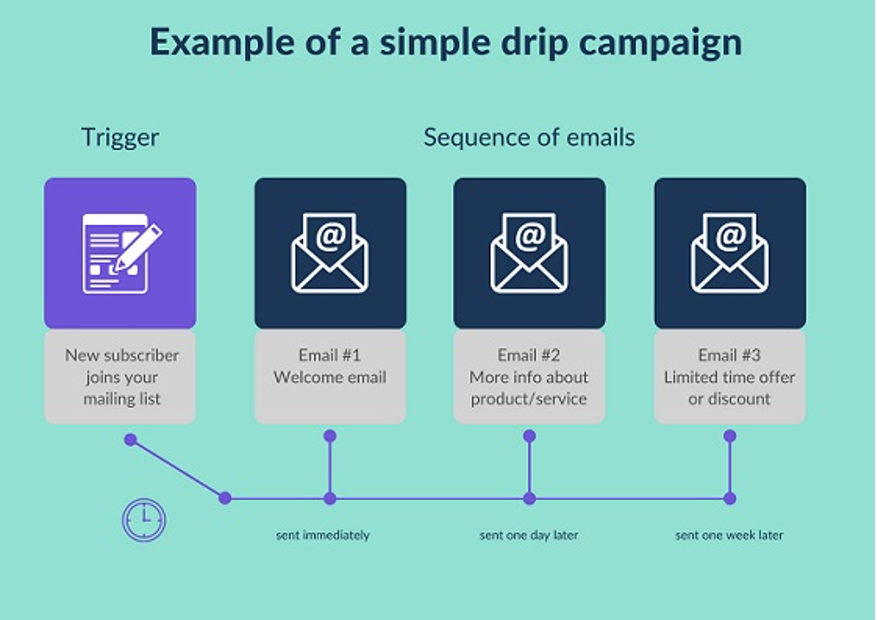
Benefits of email drip campaigns
Multiple messages are typically more effective than single emails when it comes to generating results and revenue. It’s a good way to remind people about your brand and encourage them to convert. For example, marketers who send three cart abandonment emails generate 69% more sales than those who don’t.
This slow-burn approach helps to build trust, especially when emails are relevant and personalized. By getting to know the recipients, you can address their pain points and keep them engaged throughout the relationship funnel.
Drip emails also ensure consistency, with all subscribers receiving the same sequence regardless of when they joined your mailing list. Automation saves time and boosts productivity and while the proactive approach shortens the sales cycle.
Types of email drip campaign
Email drip campaigns may be categorized as “cold” or “warm.” Cold emails are sent to new leads, perhaps triggered by someone clicking your CTA. Warm emails are for people already on your lists, such as subscribers and registered users.
Cold leads
This type of campaign enables you to nurture leads by starting a conversation and feeding them information about your product. Emails should be highly targeted and make the recipient feel valued. It’s important to send follow-ups swiftly and ask questions to engage the reader.
Warm leads
These might be subscribers whom you’ll nurture into active users or existing customers whom you want to retain. Either way, you’ll have plenty of information to use for personalized emails, which can be triggered by a wider range of actions. You might send a subscriber-only offer, show them how to use your product or service, ask them for a positive review, or upsell additional products.
Types of email in a drip campaign
There are a ton of email types to choose from, so here’s a rundown of popular options.
Welcome email
This is your chance to make a great first impression. Welcome emails have an impressive average open rate of more than 86%, and an average click-through rate of 25%.
Take the opportunity to introduce yourself and your company, set expectations, and link to your social media channels. As well as welcoming new prospects and onboarding subscribers, you can also send these emails to thank customers for making a purchase.
Content email
These can be used in all campaigns, whether you’re talking to cold leads or registered users. Send out something useful to the recipient, such as exclusive content or a video.
Birthday email
These emails arrive on or shortly before the recipient’s birthday, with a cute e-card and a special discount for a limited period. You then send a reminder that the offer expires shortly, which taps into FOMO (fear of missing out) but still gives them time to act.
To make this work, you’ll obviously need the person’s date of birth. If they’re already a subscriber, you’ll have this information. Otherwise, you’ll have to collect it from your opt-in form, but you may put people off if it’s a required field.
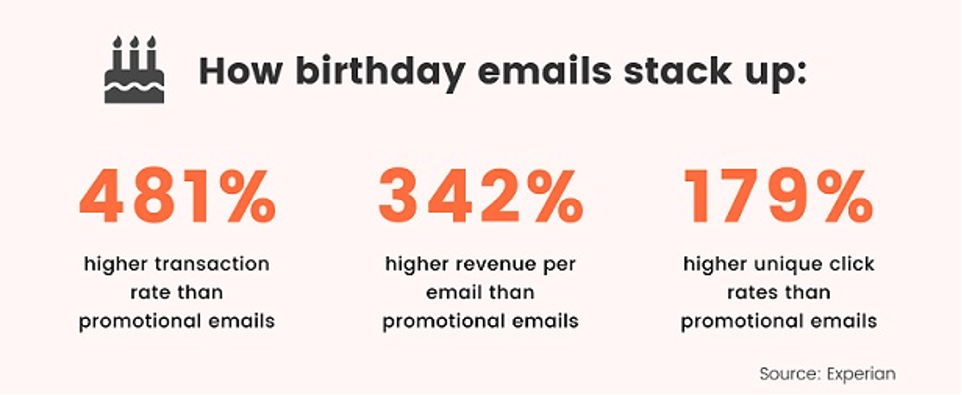
Special offer email
Everyone loves an offer. Maybe it’s purely about saving money, or maybe they were thinking of buying anyway and this reminder seems like fate.
In the first email, concentrate on showcasing the offer and making them want the product. Then send a follow-up with more information, perhaps FAQs that will help them see the logic behind making the purchase. Finally, tell them the offer is time-sensitive to create a sense of urgency.
Invitation email
These emails make the recipient feel special as if they’re part of an exclusive club. Invite them to an online or offline event that’s relevant to them (for instance, subscribers from the customer service industry could be invited to a webinar on “What is a contact center”).
When people sign up for the event, you’ll get more information about them—and when you meet them online or in person, it’s a great chance to build your relationship.
Upselling email
Once someone has made a purchase, it’s the perfect time to sell them something else. If they bought a new phone, they might want a protective case and headphones, especially if they’re on offer.
Timing is important here – strike while the iron’s hot, and start the upsell email sequence no later than two weeks after the initial purchase. Mention that special deals are available, and follow up by putting a time limit on the offer. Just be careful not to give it the hard sell.
Cart abandonment email
With an average cart abandonment rate of 69.82%, companies are losing out big-time if they don’t bring these indecisive shoppers back into the fold. As we said earlier, cart abandonment emails have a high success rate.
Send a friendly reminder of the item they left in their cart (“Did you forget something?”) and confirm it’s still available but mention that stocks are limited. With the next email, you might throw in free shipping then follow up with a last-chance offer that’s too good to resist.
Re-engagement or renewal email
Re-engagement emails are a good way to inspire people who haven’t interacted for a while. Send them a reminder about items they browsed, mention that there are special deals on your site, or direct them to new social media posts.
You also need to encourage users to renew their subscriptions. Send a series of reminders to let them know the expiry date and renewal fee, and direct them to a renewal page where they can confirm the subscription.
Unsubscribe email
If someone wants to unsubscribe, there’s still an opportunity to make them reconsider. Send an “Are you sure?” message, reminding them of the benefits of subscribing.
If they’re still not swayed, send a goodbye email saying you’ll miss them, and include options to follow your other channels. Ask for feedback on why they’re leaving, which you can use to improve your services.
Best practices for email drip campaigns
Perfect timing
First, decide how often you want to send emails, and at what intervals. This will depend on the type of campaign. You need to follow up quickly with new leads, whereas subscriber newsletters might be sent weekly or monthly.
The key is not to bombard your list with emails. Usually, it’s best to leave gaps of a few days between each send. You also have to consider the optimum times and days for sending, which may be based on your recipients’ schedules and time zones.
Engaging copy
The content of your emails must be relevant, engaging, and concise. Focus on one topic per email and don’t go too crazy with links, attachments, and CTAs. Make the emails colorful and interesting with a few well-chosen visuals.
We’ve already mentioned the importance of tailored content, but it’s worth covering once more. For example, if someone shows an interest in buying software, send a link to your landing page.
You can also connect the email campaign to your other channels by adding clickable social media icons. Finally, you must always include the option to unsubscribe.
Analyze and optimize
By analyzing recipients’ behavior and encouraging feedback, you’ll learn the best times to send out emails and the most successful ways to keep people engaged.
Is an email drip campaign right for me?
It depends on what you want to achieve, but it’s a great way to nurture new leads and retain subscribers.
Email drip marketing helps you build trust and make the recipients feel special with personalized content and offers, which makes them more likely to become paying customers.
Thank you to the author of this guest post:
-

Grace Lau
Grace Lau is the director of growth content at Dialpad, an AI-powered cloud communication platform and one of the top cloud PBX services for better and easier team collaboration. Currently, she is responsible for leading branded and editorial content strategies, partnering with SEO and Ops teams to build and nurture content. Connect with her on LinkedIn. -

Grace Lau
Grace Lau is the director of growth content at Dialpad, an AI-powered cloud communication platform and one of the top cloud PBX services for better and easier team collaboration. Currently, she is responsible for leading branded and editorial content strategies, partnering with SEO and Ops teams to build and nurture content. Connect with her on LinkedIn.

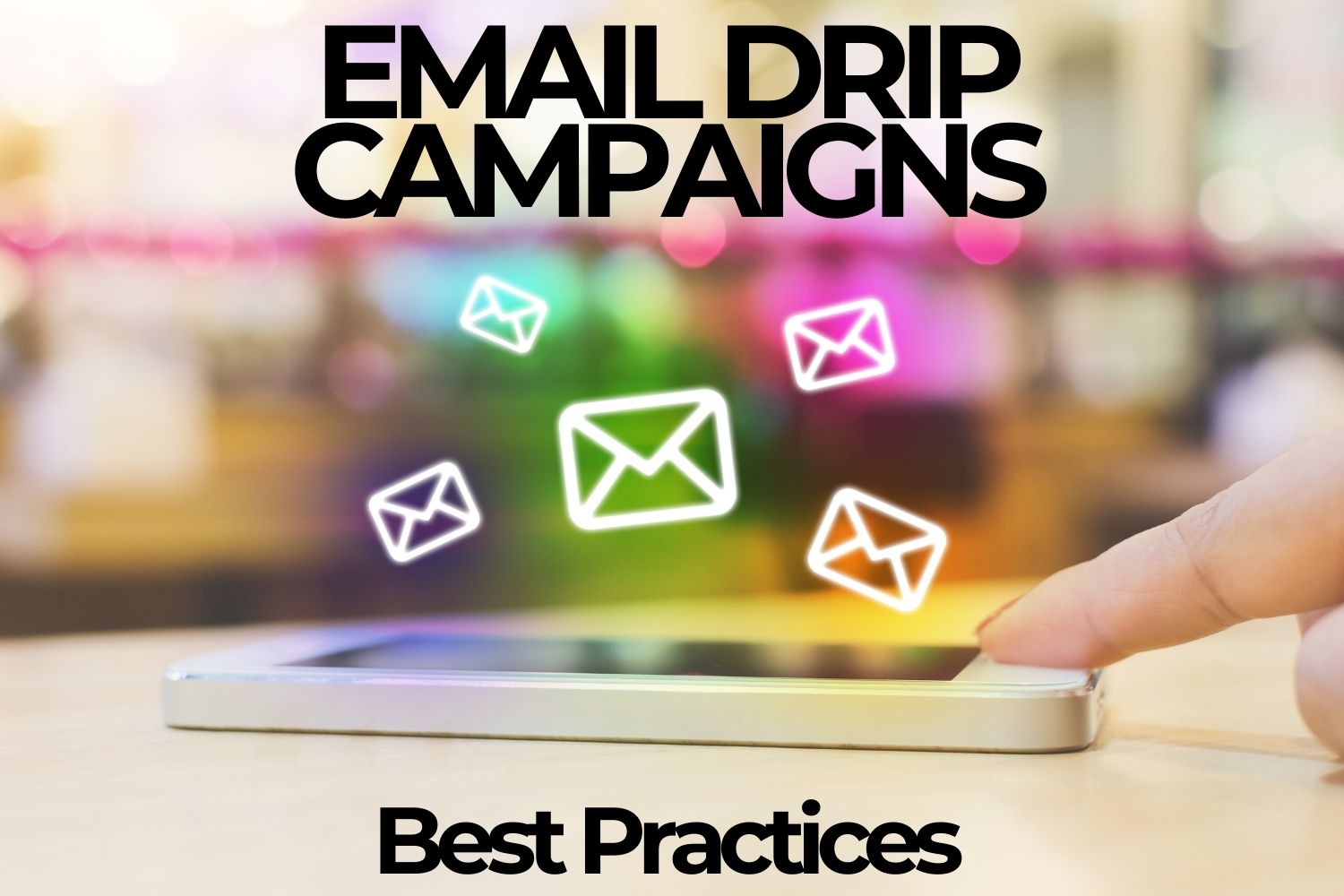

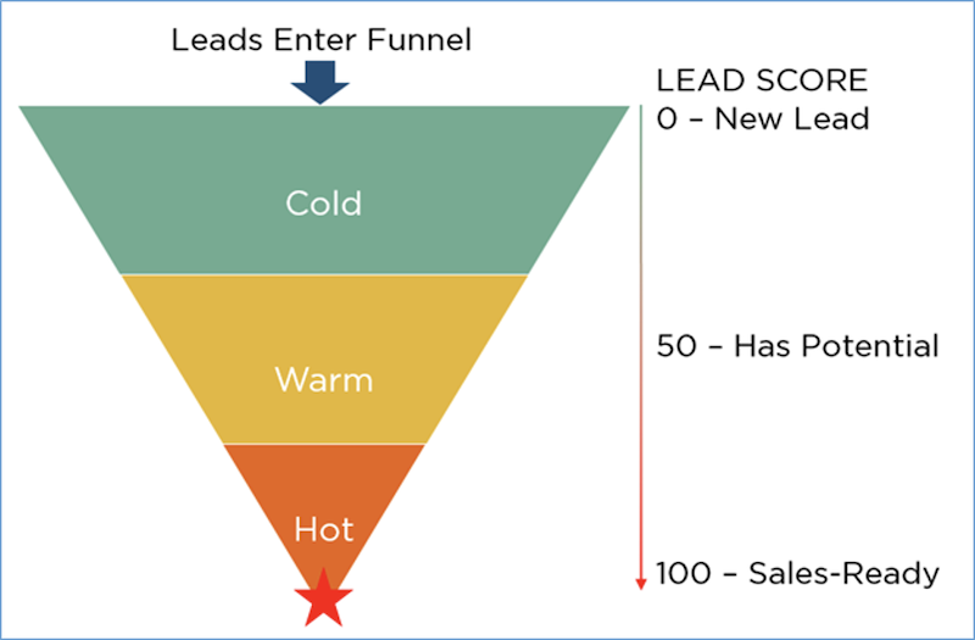
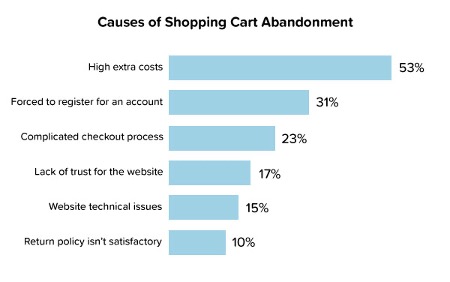
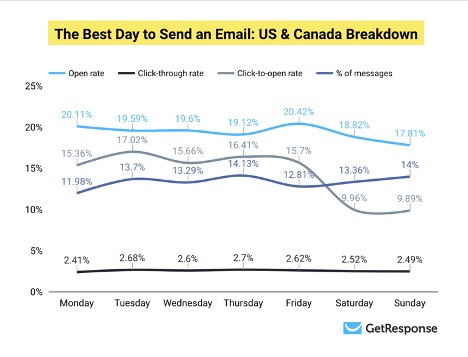
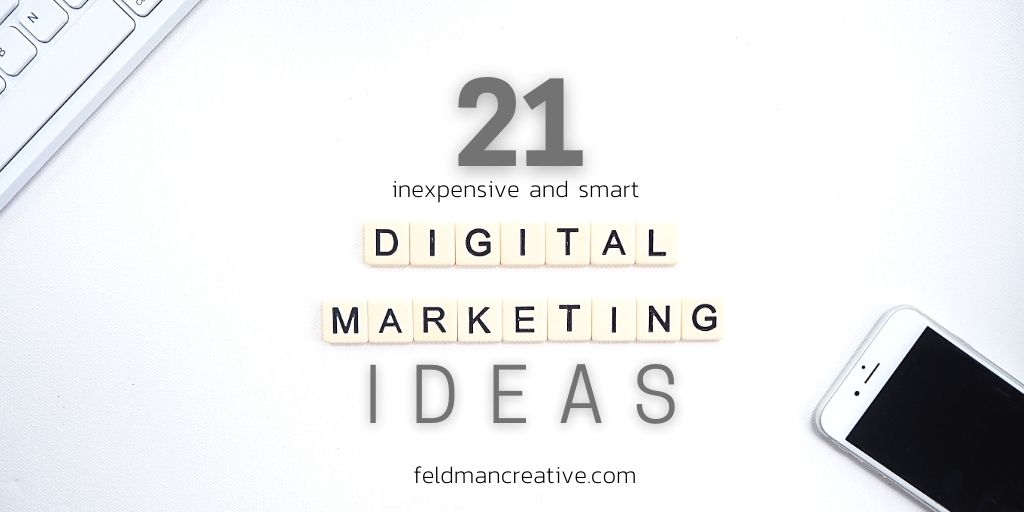

![How to Create and Use Welcome Emails [Content Jam Episode 34] How to Create and Use Welcome Emails [Content Jam Episode 34]](https://feldmancreative.com/wp-content/uploads/2018/08/Content-Jam-podcast-34.jpg)
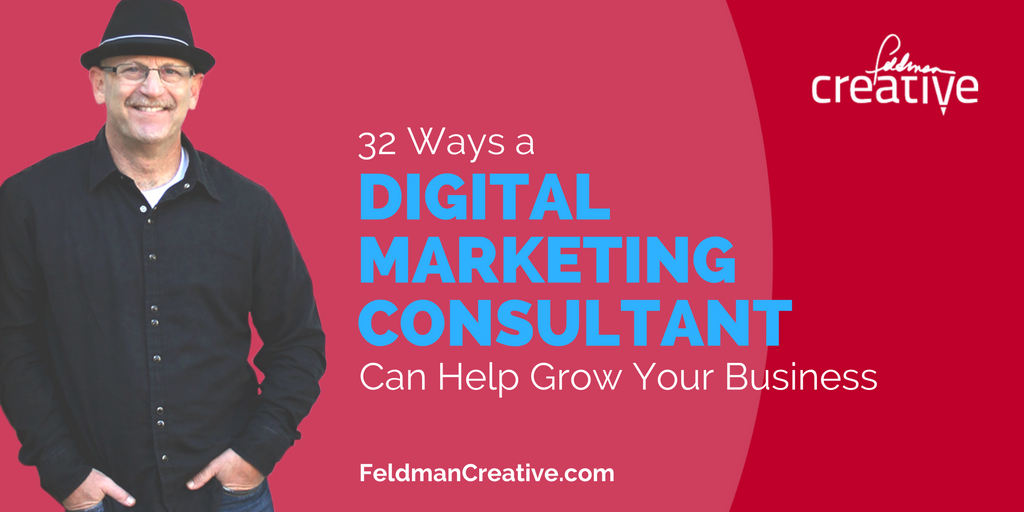
Comments are closed.